Looking for a new year’s resolution for your digital marketing? How about ‘no more stock photos!’?
This is a handy post for those trying to convince others in the company not to use stock photos AND for those who know deep inside they shouldn’t use stock but don’t have any good alternatives. Accordingly here’s 5 great reasons you shouldn’t use stock photos and 7 easy things to do instead.
Top 5 Reasons You Shouldn’t Use Stock Photos In Digital Marketing
1. Stock photos lower conversion.
There’s no shortage of digital marketing tests that show that real photography converts better:
- A debt company sees a 35% increase in online sign-ups with a picture of the founder vs. the top-performing stock photo.
- A 3 fold increase in ad click-through occurred when user-generated photos wearing the product were used instead of stock or with stock.
- A moving company that replaced THAT generic shot of happy people moving (who’s happy when they’re moving?) with a photo of their team or their truck (a truck!) and saw 45% more quotes from their digital marketing.
2. Stock photos lack authenticity.
High-performing digital marketing is all about reducing FUD (Fear, Uncertainty & Doubt) for those making a purchase decision online and increasing trust & authority. Stock photos work counter to that goal. I’m not saying you shouldn’t show people who are appealing to look at (and that can be a wide spectrum of types of people) but who are you going to trust to save your company from that multi-million dollar IT disaster?: somebody who is impossibly good-looking and waaaay too happy at their job or someone who looks like the serious, knowledgeable geek that they are?
3. Stock photos can be bought by anyone.
The goal of marketing is to get what differentiates your company and gets noticed. ShutterStock alone has 1.4 million users. That’s 1.4 million marketers drawing from the same bank of photos that are shot so as to have the widest appeal possible. So stock photos neither differentiate nor make you stand out. Conversely, if you get that photo that brings out the truth of the company – the unique culture and character of the people in it- no one – no one! – can replicate that.
4. People like to look at people.
…if they’re real. The great digital marketing researcher Jakob Nielsen shares eye tracking tests of an About Us section of a company’s site that shows how, despite having 1/4 of the space on the page, people spent 10% more eye time on the faces of people than on the accompanying text.
5. Stock photos conceal your value proposition.
Ask yourself whether the image is supporting the point you’re trying to make or obscuring it. Eye tracking studies have shown that we pay close attention to images when they contain relevant information and we ignore images when they don’t. As a digital marketing agency, we love testing and in this test we saw that play out as a whopping 3X as many people clicked on the ad when we showed an image of this unique product in action versus a stock photo of the implications: a flooded lobby. 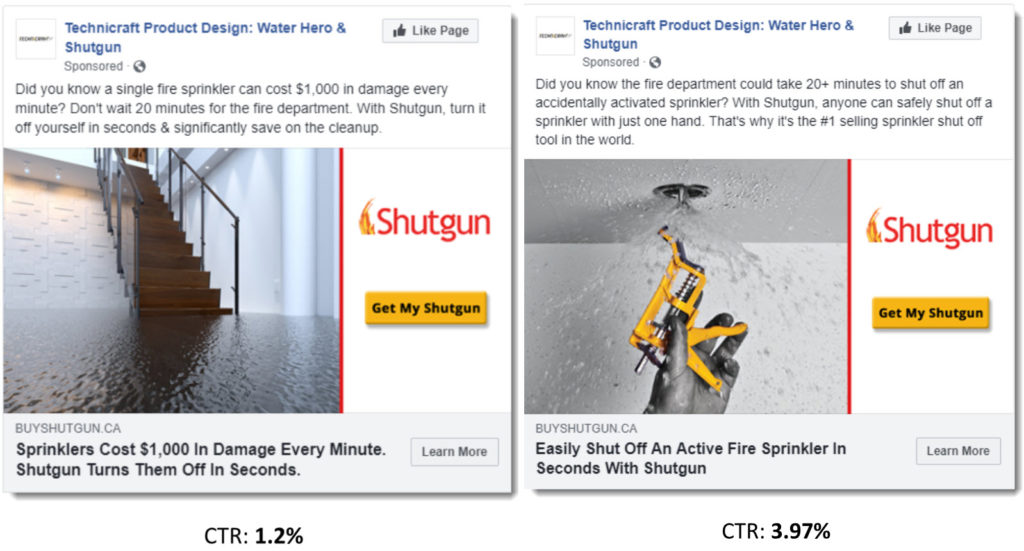
(See? You just studied that relevant image didn’t you?)
So why do we do it? Why do we use so much stock photography? One, we’re faced with a page that looks like a wall of text and we want to jazz it up. So we add some fluffy window dressing with some stock shots. For the reasons above, that doesn’t work.
Two, it’s easy. As digital marketers these days, we have lots of content to get out and we see stock photos as an easy fix. Totally get that so…..what should you do instead?
7 Easy Ways To Combat Stock Photography-itis
1. Shoot a batch of original photography.
We think of original photography as too expensive but, as our friend hotel photographer Graham Womey pointed out, you could pay $500 to get one good photo from someone like Getty Images. Now times that by the number of images you need for your digital marketing in a year. Instead, use those funds to hire a photographer and get a bank of 35 good, original, authentic photos you can use throughout the year on your site, in blog posts, in ads etc.
2. Zoom in.
Eliminate what’s not relevant. Let’s say you need an image for the digital marketing of a company that provides safe, scam-proof payment security systems. If we zoom in by cropping this shot from stock photo supplier 123RF.com, we eliminate the overly-happy customer handing over their credit card (I rarely smile when I’m doing that) and instead, we achieve the gravitas that reflects the anxiety of any fraud-fearing small business in that moment of truth.
3. Use a graphic
In a post on our blog that describes what makes a good landing page, the writer could have a stock image of someone sitting over a computer. Instead, they used a simple graphic that illustrates their point far better than a stock photo could.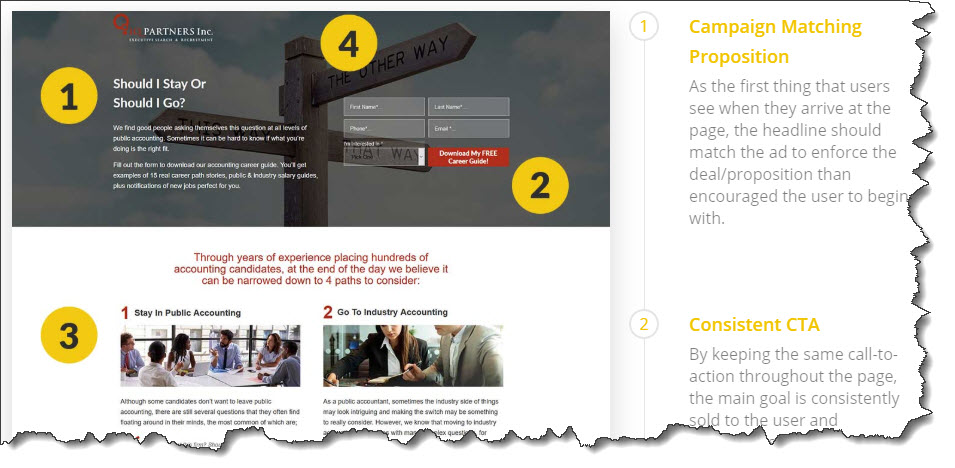
4. Use an image that supports the value proposition.
See the sprinkler example above.
5. Avoid the obviously fake like the plague.
Do the people look impossibly beautiful and overly happy? Avoiding over-used images is not that hard with just a little effort. On the left is the stock photo parody Vince Vaughn did a few years ago of impossibly happy office people leaning over a computer. On the right is a great, far more realistic working team image I found without much difficulty on Stocksy.com. This looks like our team having a typical work discussion. Hence, I’m far more likely to relate.
6. Add other sources.
Alt stock photo sites like Stocksy & Pond5 or more open-source-like sites like Flickr, Canva and Picjumbo are all good sites to add to your repertoire in addition to traditional deep sources like ShutterStock and Getty. Here’s a list of 32 free stock photo websites to get you started.
7. Search smarter.
Let’s say you’re doing a blog post on ‘the 3 factors to weigh when hiring an outside sales manager’. Well then use those search skills you’ve honed on Google. On the left, is the result I got when I simply put ‘office workers’ into the search box of ShutterStock. On the right is what I got when I put “serious office discussion”. Which one better supports weighing all the factors when hiring an outside sales manager?
Pictures are worth….well, you know. Hope this helps you improve the value of your digital marketing.
How else can Digital Marketing help you?
Learn MoreAre you ready to have a conversation?
Talk To UsThe Marketing Garage is an award-winning digital marketing agency in Toronto that improves digital marketing performance by using unbiased, data-driven audits to help you understand what’s working. And what isn’t.



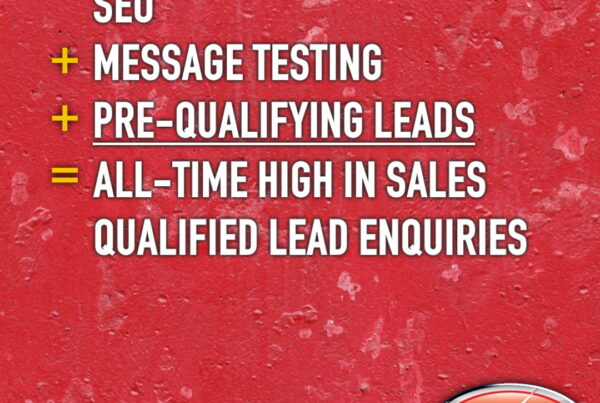

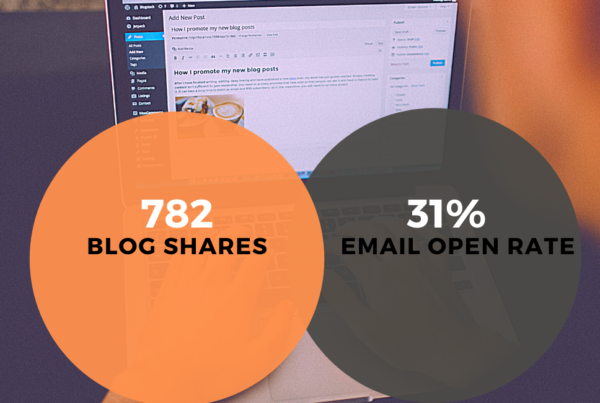
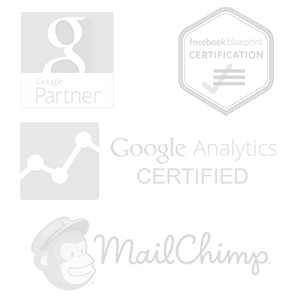

8 Comments